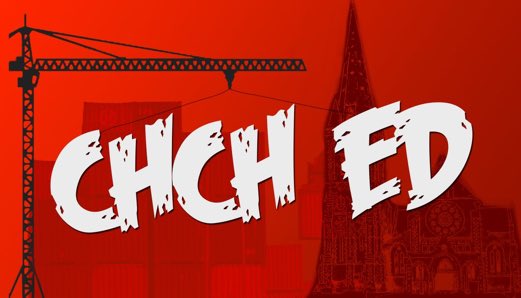A Cook’s Tour of Dead Greeks and Echo Chambers.
This year, our cluster has been searching for the holy grail of definitives…. A clear and accurate definition ‘deep learning’. Finally! We all sighed. The joy of precision and accuracy was to be ours… But then the questions started. How will we know it when we observe it? Is it a process or a product, or both? Could it ever be linear? We could quickly and easily, reach for a tautological answer: “It is learning that is deep”. Yet this was as unsatisfying as our continual banging on the inside of our own education echo chamber.
What then were the key elements that make up deep learning? Our incredible staff have pondered, discussed and argued. Terms were bandied about. Did it involve critical thinking? Did it involve transformation? Did it involve moving beyond mastery of knowledge? Did it involve conceptual knowledge? Was that term ‘mastery’, allowable, possible, even to mention within the sacred walls of the education echo chamber? At our fabulous school all terms are mentionable, unlike that uncomfortable feeling in the wider education community, where sometimes we are unable to call out or even whisper, silenced by the cacophony of demands from that community to keep the echo chamber door closed.
We also asked whether it included elements of collaboration, authenticity and real world contexts? Lashings of ideas were stirred into the pot.
Presentism abounded with terms that are current and popular within the education echo chamber. Could these terms assist in defining deep learning? What of student agency? Ubiquity? Leverage? Were these terms that could be massaged into assisting in the search for the holy grail of learning? Iterations of definitions were explored. Iterations were torn apart and chewed over. Iterations were added to and altered.
I personally pondered…. What of liminality? The space between understanding and knowing. The space between the mastered and the leveraged knowledge. The space between discovering and generalising, where our learners swim more deeply. A space that is important within the concept of deep learning.I also pondered whether deep learning was even a concept, an idea, or a thing?
From there, I turned to ancient philosophers to assist in my quest for certainty and found that they were unequivocally uncertain...;
“True knowledge exists in knowing that you know nothing.”
Socrates
Also:
“To know, is to know that you know nothing. That is the meaning of true knowledge.”
Socrates.
Alas, advice from that quarter shed no light on the actuality of deep learning.
SOLO is a model put forward by Biggs and Collis (1982) and adapted for schools by Pam Hook (2011). This approach, edges closer to a clear definition, allows students, and teachers, to use SOLO as a model to self-assess the depth of knowledge outcomes for different tasks. With SOLO, the focus is on the complexity of the knowledge, the connections made between such knowledge outcomes and the whole, as well as the ability to leverage that knowledge or skill to extrapolate to new understandings.
Although there may be danger in simplicity, SOLO taxonomy appears to provide an elegant and simple lens for observing at least the linear depth of learning (That is if you agree that ‘deep learning’ is deep rather than breadth focused and if you are of the looking for a ‘product’ rather than describing a process.).
This fantastic tool can be used both to investigate all aspects of a teaching task and student learning output, and search these for ‘depth’ of learning, for depth of learning beyond the knowing of a skill or discrete piece of knowledge. Beyond making connections and down into constructing new knowings and generalising and evaluating.
A word of caution though, even with powerful tools such as SOLO, we must be mindful of the richness and complexity of learning experiences in dynamic environments and ensure we are investigating learning versus performance. Therein lies….
Ambiguity. Uncertainty. Patternicity.
Melody McCombe
References:
Biggs, J.B., and Collis, K.F. (1982). Evaluating the Quality of Learning - the SOLO Taxonomy. New York: Academic Press. xii + 245 pp.













